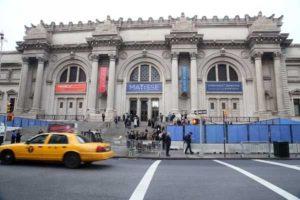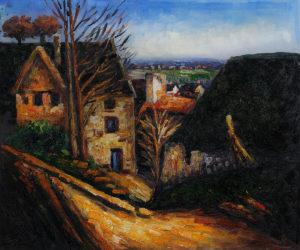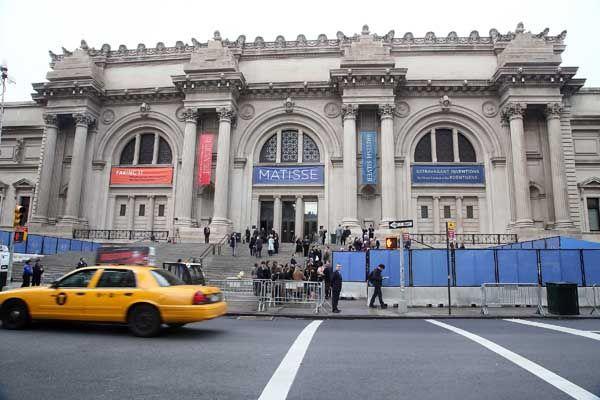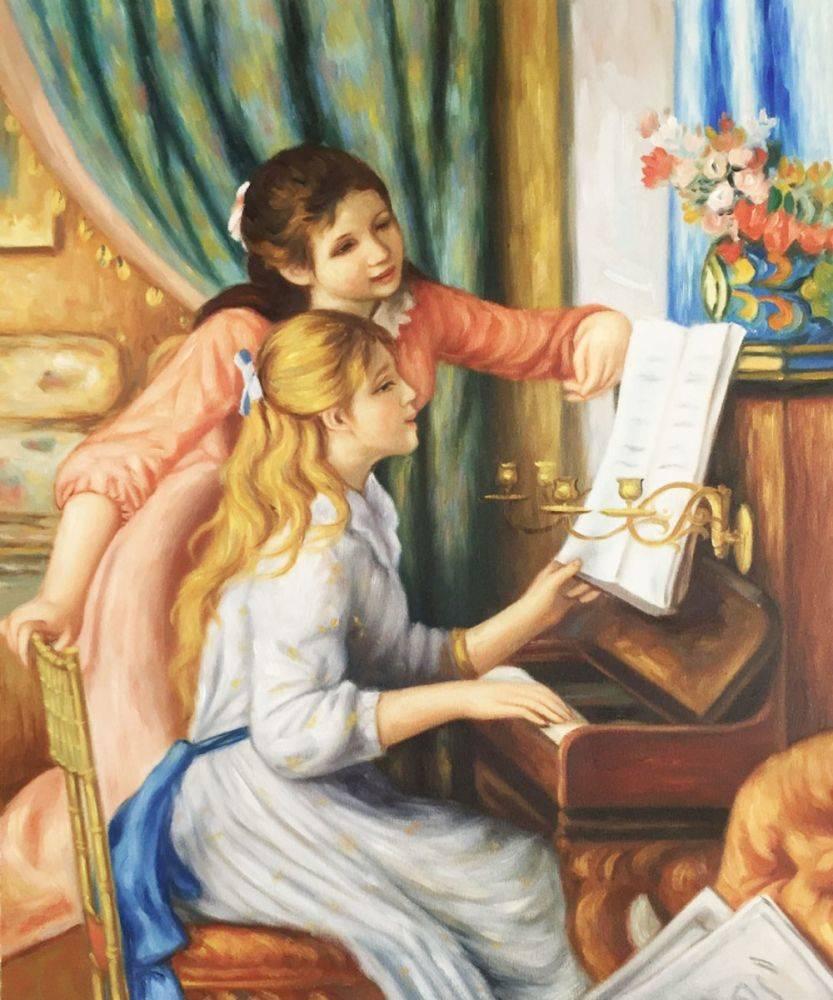Art
The Met is a Billion Dollars Richer in Art
Philanthropist and cosmetics tycoon Leonard A. Lauder has promised seventy-eight individual Cubist works of paintings, sculpture, and photography to the Met. It is cited as one of the most substantial gifts in the Metropolitan Museum of Art’s history, which was approved at a board meeting this past Tuesday.
 The gift will fill a hole in the Metropolitan Museum of Art’s timeline of early twentieth century art, which lacks a Cubist collection comparable to other recognized art museums, such as the Museum of Modern Art in New York or the State Hermitage Museum in St. Petersburg. Cubism incorporates multiple approaches in perspective and technique, including multimedia: newspaper clippings, typography, cardboard, stencils, leaves, twigs, and more. What defines Cubism is the abstracted, broken-up rendering of an object or objects, like arranging a puzzle. Paul Cezanne is often noted as the Father of Cubism among painters, though Picasso and the Cezanne-influenced Brague are recognized as the pioneers of Cubism.
The gift will fill a hole in the Metropolitan Museum of Art’s timeline of early twentieth century art, which lacks a Cubist collection comparable to other recognized art museums, such as the Museum of Modern Art in New York or the State Hermitage Museum in St. Petersburg. Cubism incorporates multiple approaches in perspective and technique, including multimedia: newspaper clippings, typography, cardboard, stencils, leaves, twigs, and more. What defines Cubism is the abstracted, broken-up rendering of an object or objects, like arranging a puzzle. Paul Cezanne is often noted as the Father of Cubism among painters, though Picasso and the Cezanne-influenced Brague are recognized as the pioneers of Cubism.
Many of the works in Mr. Lauder’s collection have historical significance. Two landscapes are from the 1908 Kahnweiler exhibition: Braque’s “Terrace at the Hotel Mistral,” from 1907, and his “Trees at L’Estaque,” from 1908. Even the Met notes that “The Trees at L’Estaque’ is considered one of the very first Cubist pictures that recognizes a new type of perspective in the landscape, which Braque arrived at upon analysis of Cezanne’s work.
Rebecca Rabinow, a curator in the Metropolitan Museum’s department of Modern and contemporary art, noted other firsts in the gift: “Picasso’s “Oil Mill,” from 1909, was the first Cubist painting seen in Italy, which influenced the Italian Futurists. Another of his works, “The Fan (L’Independent),”from 1911, is one of the first works in which Picasso experimented with typography, in this case the gothic type masthead from a local French newspaper. Braque’s “Fruit Dish and Glass,” from 1912, is the first Cubist paper collage ever created,” as cited in the New York Times.
 Some criticism is discussed among the public that this is merely a tax write-off for the tycoon. While Lauder may benefit in this way, the opportunity for individuals to view the artwork is to not be ignored as exciting in and of itself as is the re-allocation of the works into a public arena where true artistic and cultural conversation can be encouraged and nurtured within the community. The “Art/Tax issue” is a valid discussion. Some argue that “art ownership” is reserved for the extraordinarily privileged rich and recognized. However well we know know the names of Cezanne and Picasso, we also know that these artists, among others, took quite a while to be recognized as aesthetically valued or to be labeled as “true art.”
Some criticism is discussed among the public that this is merely a tax write-off for the tycoon. While Lauder may benefit in this way, the opportunity for individuals to view the artwork is to not be ignored as exciting in and of itself as is the re-allocation of the works into a public arena where true artistic and cultural conversation can be encouraged and nurtured within the community. The “Art/Tax issue” is a valid discussion. Some argue that “art ownership” is reserved for the extraordinarily privileged rich and recognized. However well we know know the names of Cezanne and Picasso, we also know that these artists, among others, took quite a while to be recognized as aesthetically valued or to be labeled as “true art.”
Mr. Lauder spent the past forty of his eighty-year life slowly building this valuable collection where other notable collectors have been seduced by art fads and need for any “hot” name of a master artist. The value Mr. Lauder and his researchers placed into the collection can be seen in the historical significance traced throughout its time line. The collection’s gift to future generations has no price tag.




